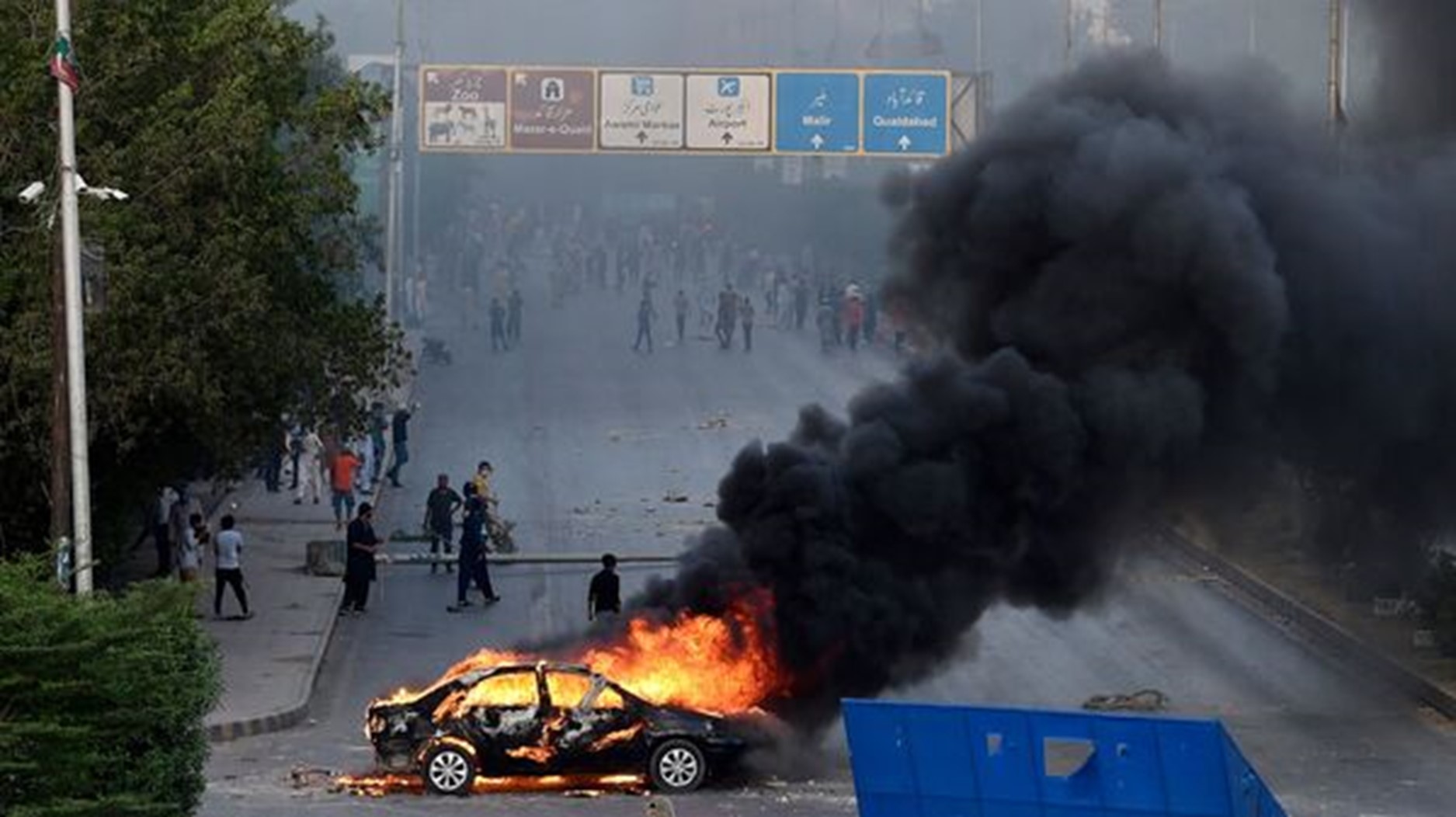
Pakistan – Withering State

Introduction. Pakistan is witnessing probably the most dangerous implosion of institutions triggered by Imran Khan and his followers. Citadels and symbols of Army supremacy, residences of Corps Commanders, HQs, and even Mianwali airbase were plundered by crowds. Social media (SM) posts of mobs marauding through the residence of the Corps Commander (4 Corps) in Lahore and reported torching of iconic F-16 throw up serious apprehensions, on the security of the nuclear arsenal. The constitutional crisis comes at a time when the country is facing a grave economic crisis after defaulting on its fiscal obligations. The obvious conclusions are being drawn on Pakistan being a failing and withering state. The issues and criteria that merit discussion are as follows: –
- Constitutional and Institutional Crisis.
- Fiscal Emergency and Economic Distress.
- Internal Security and Ethnic Fault lines.
- Unresolved Borders.
The scope of this discussion is focused on the current evolving situation largely on Institutional Crisis. The other issues are flagged very briefly.
Constitutional and Institutional Crisis
Pakistan, impacted by frequent martial law regimes and the partition of Eastern Pakistan, has currently the third variant of the constitution, which was adopted in 1973. Even this version has witnessed fundamental flip-flop changes with the adoption of the Presidential system and later shifting back to the Parliamentary one. Political parties, the judiciary, and the Army are the main players in this troika, with the army seeking to retain supremacy and override control. The other instruments, bureaucracy, and media are marginalized as insignificant elements. The country has witnessed the assassination of the first PM, Liaqat Ali Khan, hanging of PM Zulfikar Ali Bhutto, another assassination of Benazir Bhutto and the mysterious death of Gen Zia-ul-Haq. Apart from this, Parvez Musharraf and Nawaz Sharif had to seek exile.
Political Parties
Imran Khan and Tehreek-e-Insaaf (PTI). Imran Khan, the propped-up creation of Khaki Generals, was installed as PM in Aug 2018, after getting rid of Nawaz Sharif by questionable judicial disqualification. He was essentially a leader with no real grass route support or organization and was hoisted by the Army, in the form of PTI. The elections as per the Sharif brothers were hijacked by Khalai-Mukhlook (unseen ghosts), in an apparent reference to a hidden Khaki hand. In less than four years, on Apr 22, the Army got rid of Imran, who had taken the ultimate risk of trying to break free of the Army stranglehold. Imran has also tried to drive an internal wedge and cultivate a younger lot of officers. He even recently named an ISI general, labeling him ‘Dirty Harry’. He has skillfully leveraged social media to build the narrative of being the only honest leader, capable of ushering much touted, Riyasat-e-Madina. Imran has mastered the art of serving theological chimera and playing the victimization card by releasing videos, including pre-recorded ones. His partner, Bushara Begum (‘Pirni’) is reported to enjoy mystical powers, being part of a make-over from playboy to Taliban Khan.
Track Record. In his tenure, Imran has a dubious track record of destroying ties with traditional allies like Saudi Arabia, Gulf countries, and the USA. He even launched an ill-advised foray, to create an alternate Islamic axis with Türkiye and Malaysia, annoying Saudi Arabia. Iron brothers, China and Iran are wary of his grandstanding. He did nothing significant to stem or redress the financial mess, leading to Pakistan becoming a basket case for IMF bailout. Notwithstanding his being equally guilty of having contributed to the chaos and fiscal distress, the stark reality is that currently, he is the most popular leader. He defiantly won six out of seven by-elections to the National Assembly and mobs are out on a rampage, following his call. President Arif Alvi, Imran’s appointee, has been accused of seeking directions from his party.
Sharif Brothers and Ruling Coalition. The ruling rag-tag coalition, Pakistan Democratic Movement (PDM), cobbled up by the Army has Pakistan Muslim League (PML-N), Pakistan People’s Party (PPP), and Jammat-e-Islam (JI). Sharif’s faction had been branded corrupt, at Army’s behest by National Accountability Bureau (NAB) and Supreme Court. Consequently, PML has Nawaz, ex-PM, exiled in London remotely controlling the government with Shahbaz, the current PM, and Mariyam, his daughter, frequently rushing to London. Zardari-Bhutto dominates the other coalition partner, PPP. Asif Zardari, notorious for corruption is again in remote control mode, and “immature” Bilawal Bhutto is in the cabinet. In effect, the entire political class is being discredited, and Pakistan has no real credible options. The main demand of Imran Khan is for early elections, to tap his popularity. The ruling party wants to delay elections till October 2023 when President and Chief Justice would have retired.
Judiciary
In this crumbling edifice of institutions, the judiciary has increasingly taken a conflicting and blatantly partisan stance. CJI, Umar Ata Bandial has been accused of displaying a pro-Imran tilt pushing for early elections and granting him bail. Justice Bandial had used questionable theological criteria of ‘Sadiq and Ameen’ (truthful and trustworthy), to impose lifelong disqualification on Nawaz Sharif in April 2018, citing Panama-gate papers. Yet, the same stringent parameters have not been applied to Imran and others. Anti-corruption watchdog and quasi-judicial body NAB is currently headed by Lt Gen Nazir Ahmed Butt. After fixing Nawaz Sharif during Imran’s regime, the body has now turned against Imran and is out to arrest him. The apparent agenda is to book Imran in Al-Qadir, Toshakhana, and other cases including treason to disqualify him from fighting elections.
Army
Pak Army despite serious blunders and unchecked plunder through Fauji Welfare, Shaheen, and Baharia foundations has retained a pivotal position in the power matrix. Army has a pervading presence in major projects with Gen Aseem Bajwa, who headed CPEC Authority, till his removal. Both COAS Gen Qamar Bajwa and Aseem Bajwa have been accused of large-scale corruption. Mobocracy has been promoted as an instrument of coercion by ISI and ISPR through dubious Tahreek-e-Labbaik Pakistan (TLP), during the siege of Rawalpindi in Oct 2021. It is now like the proverbial rogue genie, refusing to get capped. Pak populace has always had suppressed angst against the luxurious lifestyle and draconian measures adopted by the Army. The present situation is unprecedented in the scope and audacity of mobs.
Former COAS had promulgated his Bajwa Doctrine stipulating Army to stay out of politics. Notwithstanding this, Gen Bajwa had a major role in the sacking of Nawaz Sharif and later Imran as also installation of Imran in 2018 and Shahbaz recently. The tenure of the current Chief (Bajwa protégé) was truncated in Imran’s instance. Senior hierarchy is divided and retains contact with political lobbies. Imran’s favourite General was retired Lt Gen Faiz Hameed, whose tenure was cut short by Gen Bajwa. There are credible reports of three Corps Commanders not being on the same page as COAS. There is also increasing talk of Gen Shamsad Mirza, CJCSC replacing COAS, Gen Aseem Munir. The air is thick with conspiracy theories and the use of Rangers in arresting Imran was essentially an immature ploy to circumvent Bajwa Doctrine.
Fiscal Emergency and Economic Distress
Pakistan is witnessing another spring or color revolution triggered by corrupt governments and desperate ill-informed Awaam (populace) provoked by Imran. A sinking economy, natural disasters (devastating floods), and uncontrolled inflation, accentuated by reticent IMF have added to desperation. As per some reports, Pakistan has external liabilities amounting to approximately US $80 billion and needs emergency relief of US $8 billion. The much-promised game-changer CPEC seems to be floundering. The government has been forced to apply strict fiscal correctives like the withdrawal of subsidies, multiplying their unpopularity. Does Imran realize that the anti-establishment wave is easy to unleash but difficult to harness? Will it devour him next, for he has no magic wand to rebuild the economy? The basic problems of Pakistan are food, energy (electricity), water, employment, and education (skilling). A demographic dividend is threatening to turn into Demographic Disaster. Cities like Karachi are becoming urban nightmares with ghettoization into ethnic pockets like Mohajirs, Pashtuns, Sindhis, and Punjabis with gang lords and mafia. It may be worthwhile to create an economic revival task force under a proven economist like Mehboob-ul-Haq and empower him.
Internal Security and Ethnic Fault Lines
The chaos has the potential to accentuate problems of unresolved ethnic fault lines like Baloch, Pashtun, Jiye Sindh, Mohajir, Kashmir, Shia, Ahmadiyya, and Baltis. Coupled with this is the incessant threat posed by resurgent TTP and ISIS-KP. The subject requires separate and detailed analysis, but the way forward is genuine devolution of power and grant of autonomy. It is axiomatic that Punjabi domination is reduced for inclusive development.
Unresolved Borders
Pak’s dream of strategic depth is eroding with the Taliban refusing to accept the Durand line. Pak has been forced to start fencing and strengthening border posts like Torkham. However, cross-border raids have increased. The border with Iran also has serious issues relating to a Sunni insurgency in the Sistan province of Shia-dominated Iran. Mercifully, the cease-fire on LoC, signed with India in 2021 is still holding, but the Pak-engineered proxy war continues raising the possibility of surgical raids and even strikes like Balakot.
Way Forward
Indian strategic thinkers have unsuccessfully tried to discredit the military establishment, attempting to trigger psychological collapse and implosion. Imran seems to have unwittingly grabbed the baton on his own. After Gen Zia-ul-Haq, who had put Pak Army on a dangerous Islamist course, destroyed its professional ethos, Imran will go down in history for destroying internal cohesion, and also the external invincibility of the Army. Pak Army will have to work overtime to regain its internal cohesion and repair its image.
As Pakistan lurches towards chaos, prima-facie one can exult but the task is cut out for the strategic community. First, keep up the vigil as disparate elements often resort to irrational and suicidal recourse. Second, ensure cease-fire holds as opening another front with China in belligerent mode is avoidable. Third, any significant dialogue is unlikely until elections in both countries are over. Fourth, engage with the international community to build better safeguards for Pakistan’s nuclear arsenal, to rule out the specter of Fassadi (Jehadi) and dirty bombs. Fifth, the humiliated Pak Army after 1971 devised a ‘thousand-cuts’ strategy, hence, in the long term, our challenges are likely to remain formidable. China in collusive mode seeks to revive CPEC and BRI by roping in Afghanistan and even Iran. Most importantly, Army and deep state though temporarily down are unlikely to be permanently out and are likely to regroup.
Disclaimer
The opinions expressed in this article are the author’s own and do not reflect the views of Chanakya Forum. All information provided in this article including timeliness, completeness, accuracy, suitability or validity of information referenced therein, is the sole responsibility of the author. www.chanakyaforum.com does not assume any responsibility for the same.
Chanakya Forum is now on . Click here to join our channel (@ChanakyaForum) and stay updated with the latest headlines and articles.
Important
We work round the clock to bring you the finest articles and updates from around the world. There is a team that works tirelessly to ensure that you have a seamless reading experience. But all this costs money. Please support us so that we keep doing what we do best. Happy Reading
Support Us





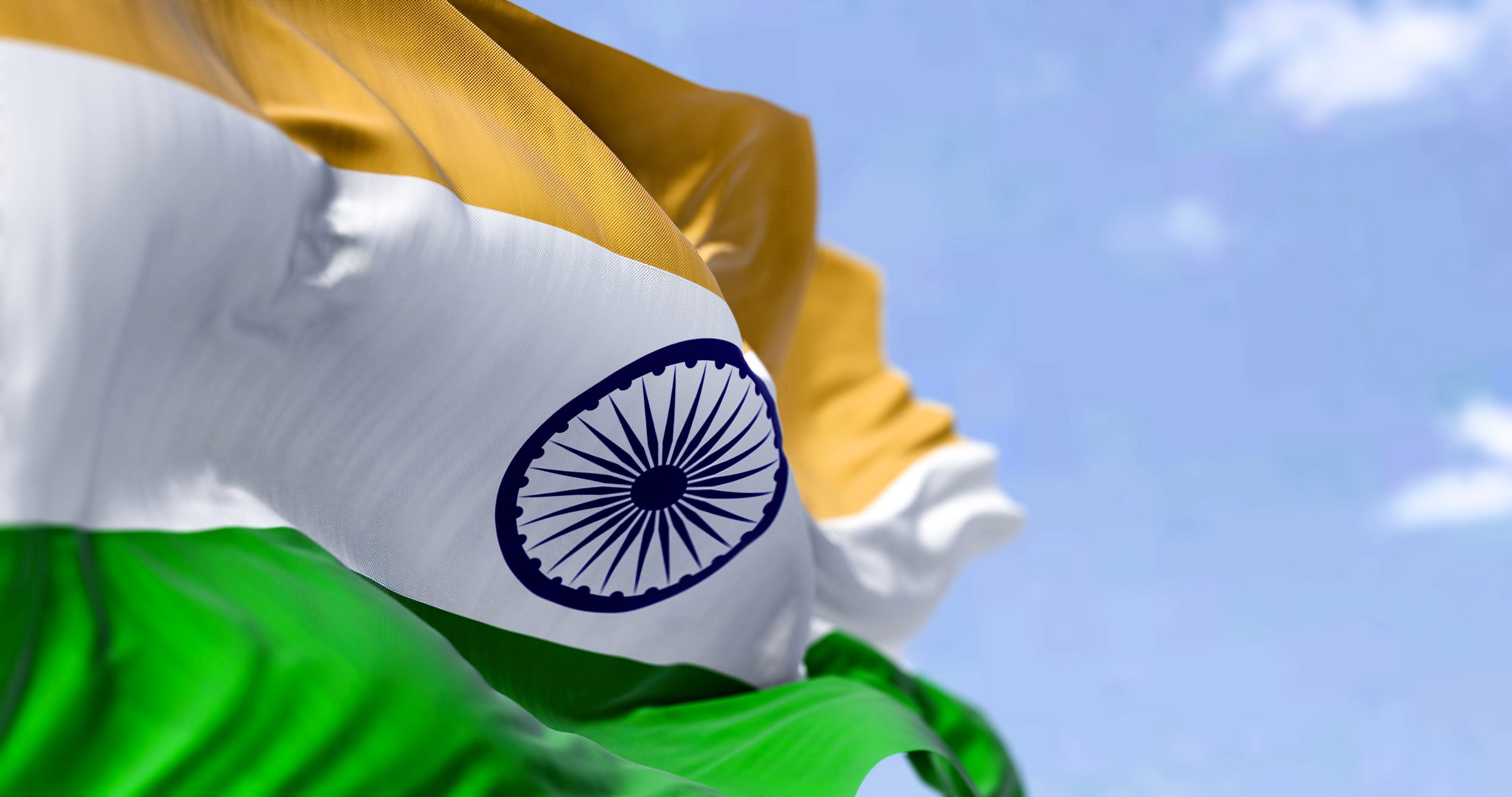
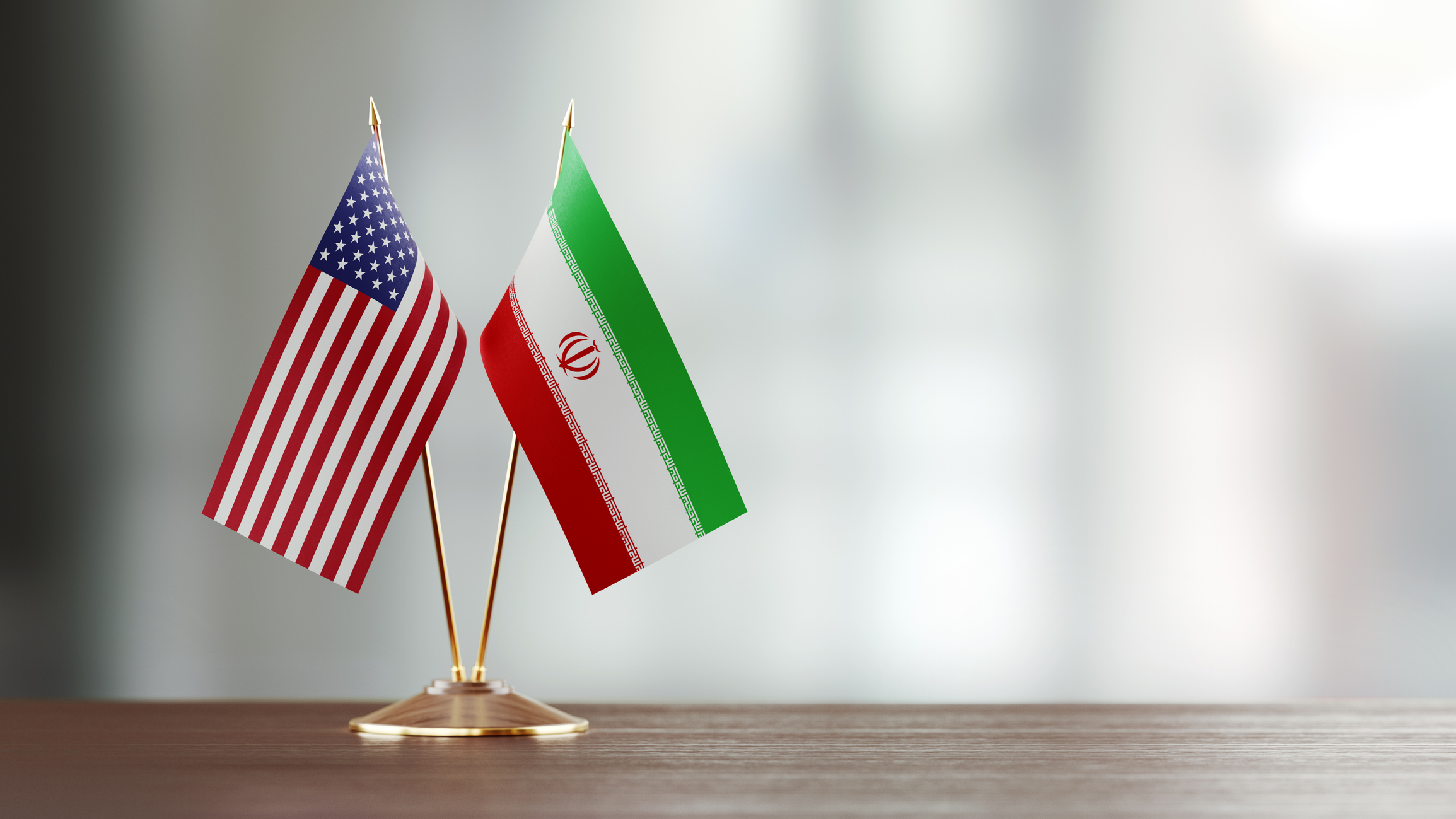
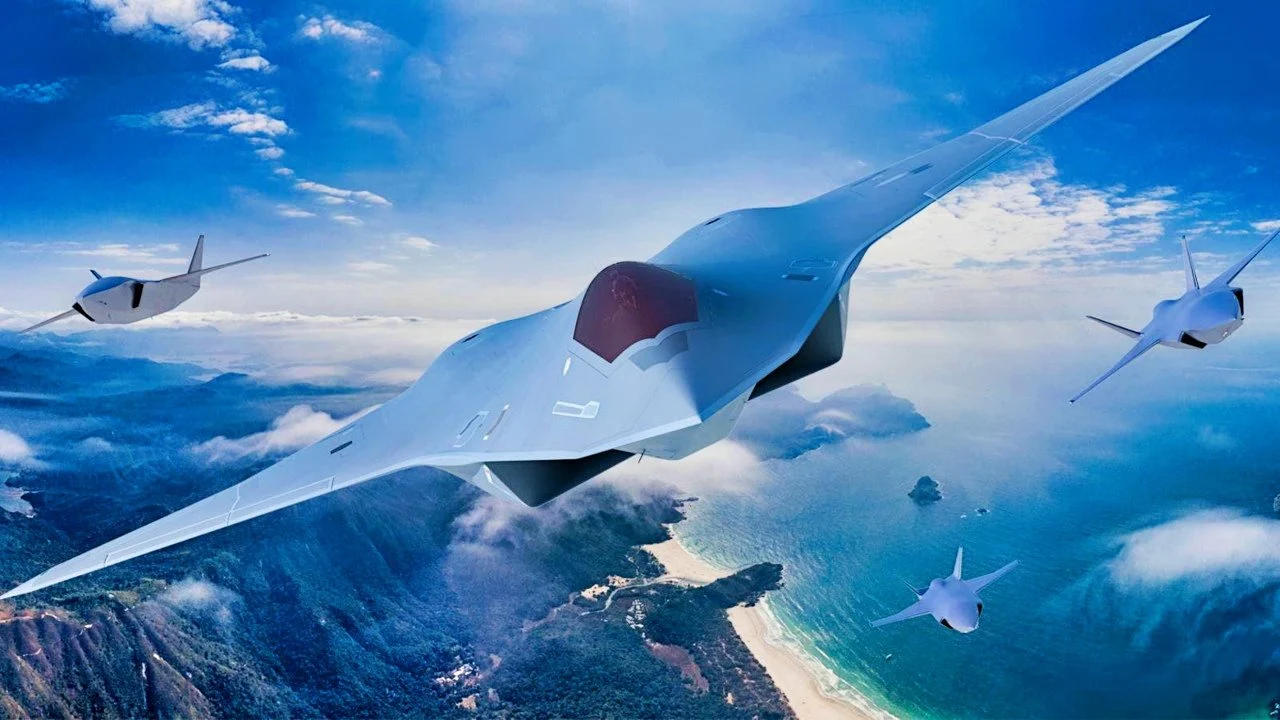
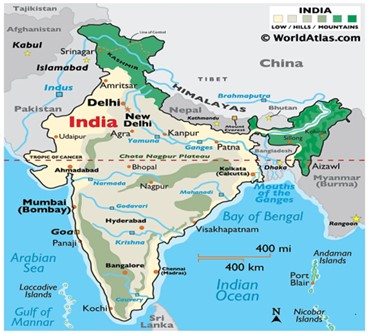












POST COMMENTS (1)
Kalidan Singh